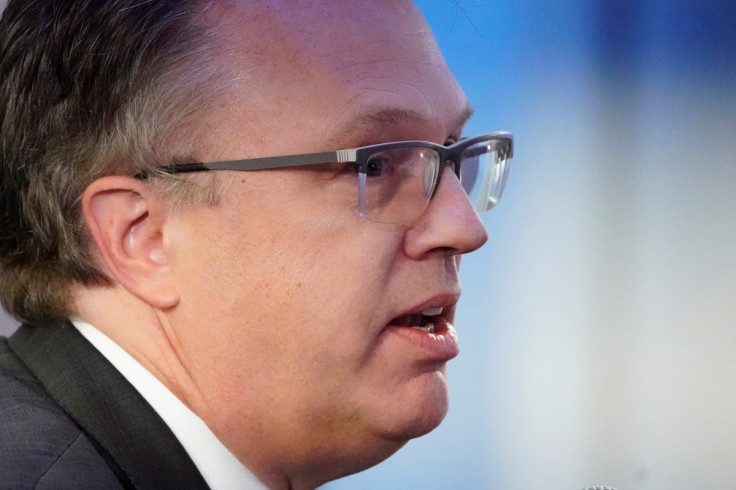Fed's Williams Says The Work To Control Too High Inflation Is Not Done

Federal Reserve Bank of New York President John Williams said Tuesday inflation remains too high and central bank action aimed at cooling price pressures will exact some unavoidable pain on the economy.
Over the last year the Fed "has taken strong actions to bring inflation down," Williams said in a speech prepared for delivery before a bankers' group in New York. But, "although we have seen some moderation in recent months, the inflation rate remains far too high at 5%," and underlying rates of inflation are also too high, he said.
"We must restore balance to the economy and bring inflation down to 2% on a sustained basis," Williams said, "Our work is not yet done," he said, adding "we will we stay the course until our job is done."
Williams did not offer any firm guidance about the rate actions ahead of the Fed but he said the path the central bank must pursue "will likely entail a period of subdued growth and some softening of labor market conditions."
Williams, who also serves as vice chair of the rate setting Federal Open Market Committee, spoke in the wake of the release of consumer level inflation data for January. Those numbers, while they showed a small moderation in the annualized pace of price pressures, were nevertheless higher than what economists had expected.
The Consumer Price Index report keeps alive the prospect of more Fed rate rises as the central bank continues its effort to lower high levels of inflation back to its 2% target. The Fed raised its target rate by a quarter percentage point at the start of the month, and will likely raise rates by more this year, to bring what is now a 4.5% to 4.75% federal funds rate somewhere north of 5%.
Williams said in his remarks that he believes core price pressures as measured by the core personal consumption expenditures price index could fall to 3% this year and to 2% over the next few years. The current core PCE reading, which is stripped of food and energy costs, stood at a year-over-year gain of 4.4% in December.
Williams also said in his remarks that growth will likely come in at a tepid 1% this year. What is currently a 3.4% jobless rate will likely rise to between 4% and 4.5%, he said. He added the job market is currently "extremely tight" and wage gains are elevated.
© Copyright Thomson Reuters 2024. All rights reserved.





















